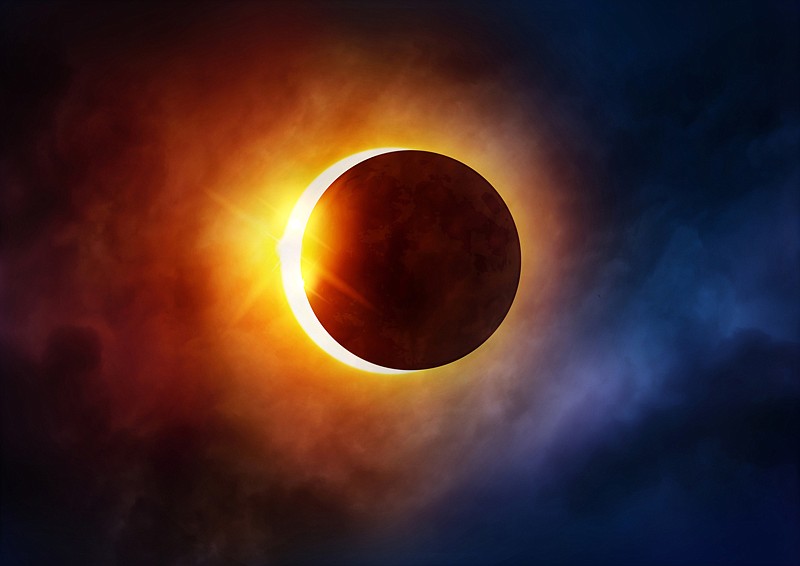Americans will experience a solar eclipse Aug. 21. For a small swath of land across the country, viewers will see a total solar eclipse but for most of the country it will be a partial eclipse lasting two to three hours. In the Ark-La-Tex it will only be a partial eclipse.
Viewing such a rare event is an amazing opportunity but also one that should be approached with caution to protect the eyesight of viewers.
"The only time you can look at any eclipse with the naked eye is when it's a total eclipse. For those few seconds it would be safe to view," said Dr. Eric McCall, optometrist at The Eye Guys. "There is no safe amount of time to view it without proper eye wear."
Looking directly at the sun can cause permanent damage to eyes.
"It can damage the retina, causing what's almost like mild scar tissue to the part of the eye that gives us our central vision," McCall said.
Eclipse glasses or solar filters are the only way to safely watch the event. The standard worldwide is ISO 12312-2.
"You cannot wear your sunglasses, no matter how dark. It doesn't protect against energy from the sunlight to that degree," McCall said.
And while some welding mask may offer enough protection, most do not, McCall said.
Eclipse glasses, which have special filters built into the lens, are a person's best bet for safely viewing the eclipse.
"People need to make sure they purchase those through a reputable dealer and that they've gone through the channels to make sure they're approved," McCall said.
The American Astronomical Society has compiled a list of reputable dealers at eclipse.aas.org/resources/solar-filters.
The next total solar eclipse will take place July 2, 2019 in South America.
The American Academy of Ophthalmology offers some tips for safe viewing:
Inspect solar filters or eclipse glasses to make sure they aren't scratched or damaged. If they are, don't use them.
Read instructions for solar filters or eclipse glasses and make sure children use them correctly.
Turn away from the sun to remove eclipse glasses.
The only time it's safe to look at the sun without a solar viewer is during the total eclipse when the moon completely covers the sun. When the bright sun begins to reappear very slightly, people should put their solar viewer back on.
Don't look at the uneclipsed sun through an unfiltered camera, telescope, binoculars or other similar devices, even if wearing eclipse glasses or holding a solar viewer at the same time. Intense rays from the sun coming through these devices can damage the solar filter and a person's eyes.

